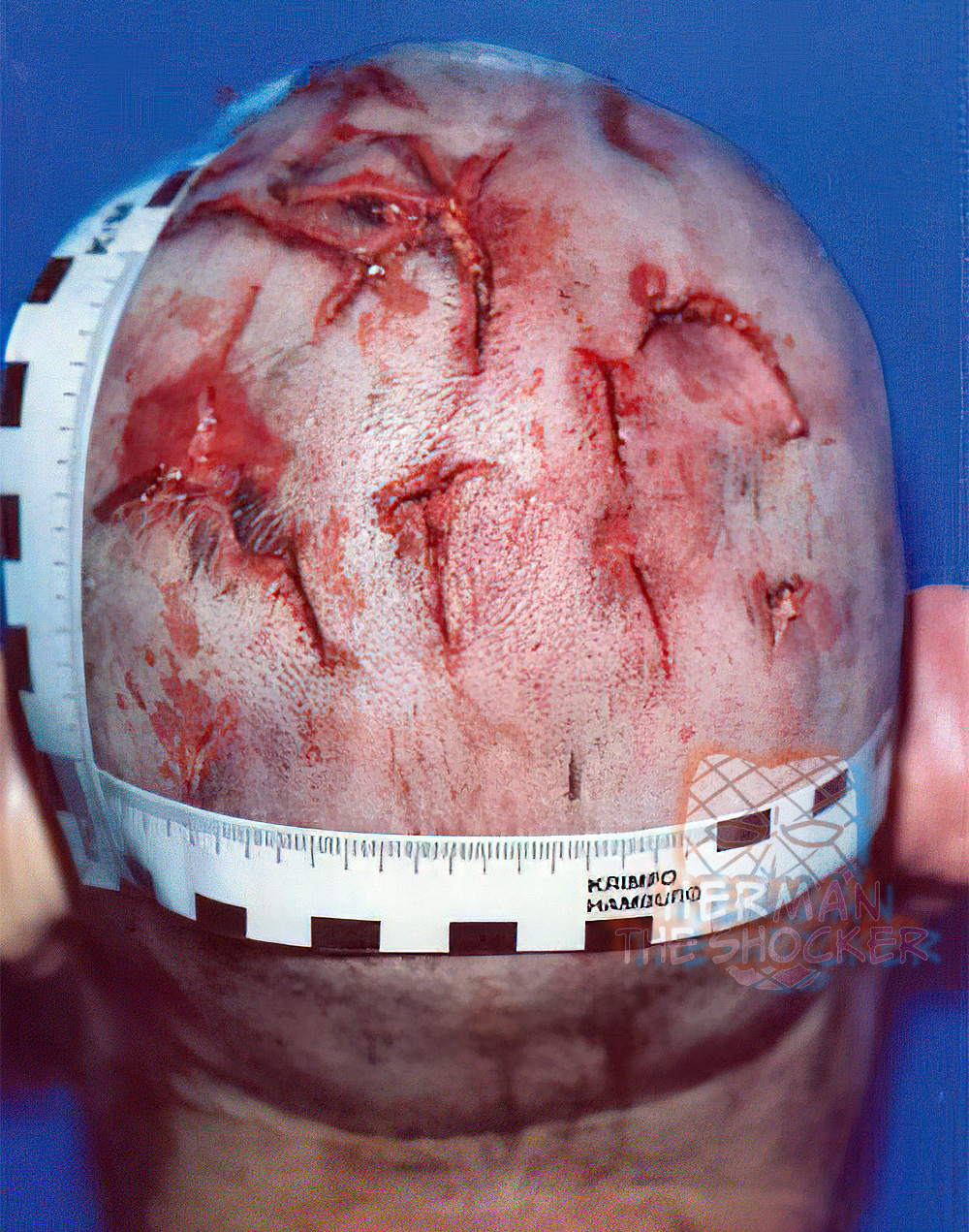Multiple lacerations to the back of the head in a homicide with a primary attack from behind. The bruises and abrasions represent blunt-force injury. Careful reconstruction of bone fragments may provide information about the size of the weapon. Identification of a specific tool is difficult and discouraged in professional practice in order to avoid providing overreaching conclusions. The extensive distribution, nature, and size of the skull fractures indicated that the degree of force involved in the causation of many of the injuries was severe.
Latest posts

Decomposition, or putrefaction, is a combination of two processes: autolysis and bacterial action. Autolysis is the breakdown of…







